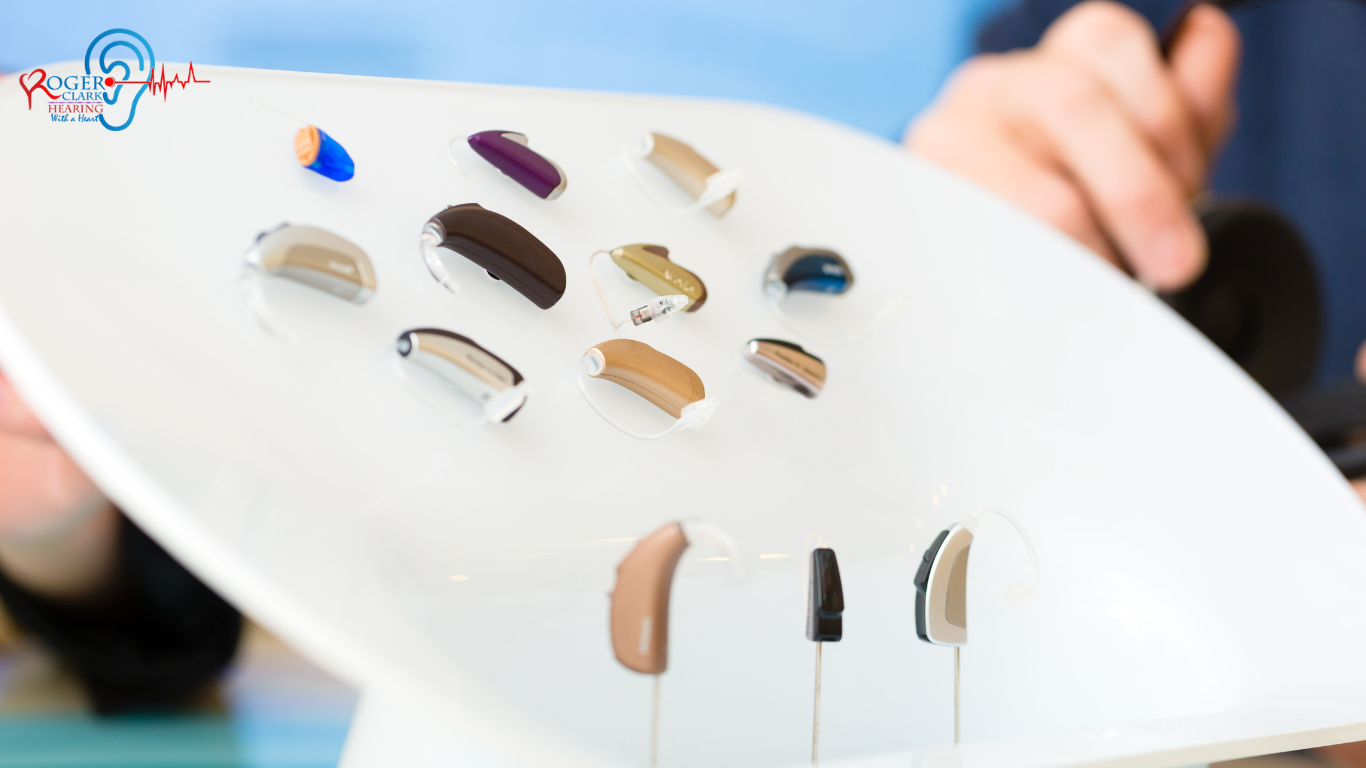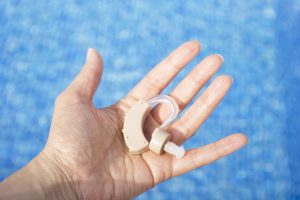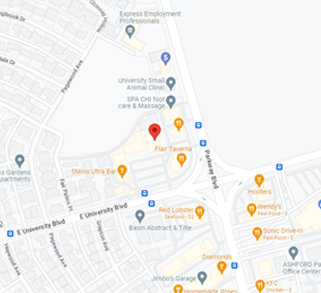From their modest beginnings as basic sound amplifiers, hearing aids have advanced significantly. Today’s prescription hearing aids are more powerful and discrete. They also have helpful communication features that streamline daily interactions.
This article examines some of the most innovative features of today’s hearing aids waco. It explains how they can significantly improve the lives of people with hearing loss.
Acquiring knowledge about these critical innovations is the first step. They offer significant benefits. They will help you find the hearing loss remedies you deserve.
Important Information Regarding Hearing Aid Technology
The technology of today’s hearing aids makes listening more enjoyable. However, did you know they also support active lives and help with daily interactions? We’ve included all the information you require concerning hearing aid technology below. We also enumerate the numerous advantages that these developments offer deaf individuals.
1. DSP, or digital signal processing.
Treatment for hearing loss changed in 1996. That’s when digital signal processing (DSP) tech was added to hearing aids. In actuality, DSP is still developing today. Also, much of the hearing aid technology in this book is possible thanks to this foundation.
DSP converts sound waves to digital signals. It then evaluates, processes, and optimizes the signals to fit your hearing needs. The whole thing happens in real time, with noises changing practically instantaneously.
2. Microphones that adjust their pickup pattern to target specific sounds.
Modern remedies for hearing loss rely heavily on advances in directional microphone technology. These are used in hearing aids.
Omnidirectional microphones are the standard type of hearing aid microphone. They pick up noises from all around you. Instead, you can focus on specific sounds from one direction. This is done with adaptive directional microphones.
3. Algorithms for the Reduction of Noise
Many modern hearing aids have advanced noise reduction algorithms. These algorithms detect and cancel out distracting background noise, such as the din and bustle of a busy restaurant or the hum of an air conditioner. The algorithms work by boosting important frequencies, which are important to sounds like speech. They also reduce the amplification of frequencies connected to background noise.
4. Algorithms for the Reduction of Feedback
Similarly, many hearing aids today reduce and remove feedback sounds. They do so using different methods. The hearing aid takes action to stop a possible feedback loop. It acts before the noise starts. Phase cancellation is seen as one of the best techniques. It is efficient for minimizing feedback. The hearing aid cancels out the feedback frequency. It does this by adding an opposite-phase sound wave (anti-phase). It does this when it detects feedback. It accomplishes all of this without compromising the concentrated tones’ overall loudness.
5. Batteries that can be recharged.
Rechargeable batteries are a significant improvement in hearing aid technology. They will make many lives more accessible and less stressful. Replacing batteries for rechargeable hearing aids costs a lot. But it removes the need for backups. Alternatively, you can just charge your hearing aids for the entire night. This will give you the convenience of a fully charged battery. Some newer models can last up to 51 hours.
Rechargeable hearing aids make sense in the modern world. Smartphones and other electronics need regular charging. Many rechargeable hearing aids include charging cases. When not in use, these cases charge your gadgets and offer a convenient and safe place to store them.
6. Subtle Hearing Aids
Prescription hearing aids are now smaller and harder to see than ever, but most of them use the latest technology. When worn, discreet hearing aids are meant to be hard to see, but they are still powerful.
· The processors, microphones, and receivers are smaller.
· This lets hearing aids include these technologies.
· They can keep their inconspicuous appearance.
· Usually smaller, they are made to fit snugly inside your ear canal.
· Many models are practically unnoticeable to other people.
7. Personalized settings for hearing aids.
A significant advance in hearing aid technology is the addition of configurable settings. They are meant to match individual needs. The majority of hearing aids have multiple pre-programmed settings. Then, as a user, you may adjust the settings to fit your environment. You can do this by switching between them automatically or pressing a button. Hearing aids have adjustable settings.
They may be ideal if you need more volume in certain situations.
We can tailor custom hearing aid settings to meet your needs. They work the same as default settings. This adaptability enables you to tailor your hearing aids to suit particular circumstances. This way, you can join talks and events without feeling disturbed.
8. Bluetooth technology for hearing aids.
Bluetooth wireless came recently. It is another advance in hearing aid tech. Bluetooth hearing aids can sync with many devices. They become tools for multiple purposes. They go beyond just helping with hearing. Your entertainment devices’ audio can stream to your ears through your hearing aids. This is thanks to Bluetooth. The feature has minimal feedback and background noise. It offers better sound quality. The sound is more immersive because the audio plays through your hearing aids.
9. Connectivity with Smartphones
The pairing of Bluetooth technology with hearing aids has led to notable developments. They include the ability to connect directly to your smartphone. Connecting smartphones to hearing aids offers the most user convenience and control. You can use a mobile app to check battery life. You can also change custom settings and volume levels.
10. Cordless earphone add-ons.
Bluetooth technology makes it easy to connect to smartphones and other personal devices. It also lets you use many wireless accessories. Most wireless hearing aid accessories are simple to use. They provide a strong and stable connection for clear sound. This is true even when you’re far away. Among the most well-liked wireless accessories for hearing aids are:
- TV Streamer lets you stream audio to your hearing aids from your TV or other audio source.
- This microphone is for tables. It is meant to help you hear better with your hearing aids. It picks up certain voices in crowded areas and over noise.
- Clip on the microphone. Attach it to the other person’s clothing. Then, you will immediately hear them through your hearing aids.
- The remote controller changes hearing aid cleaning settings and volume. It does so without interrupting ongoing discussions or activities.
- Just talk into your smartphone to translate your words into your chosen language. The software will do the rest. The system recognizes a foreign language. Then, it translates the words into your dialect. You can hear the results clearly with your hearing aids.
Also Read: Types of Hearing Aids: How to choose the right one
Examine the benefits of the most recent advances in hearing aid technology.
There has never been a better time to find the ideal hearing loss solution. Hearing aid tech can improve your life in many ways, making this a great time. Loss of hearing occurs gradually and can come as a surprise.
You may be unaware of how much you lose each day.
The experts at any of the country’s hearing clinics can assist. With the newest hearing aid tech, we can help you find custom solutions for your hearing loss. They will fit your needs, lifestyle, and price range. Start the path to improved hearing right now!








